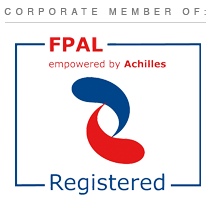Health and Safety Issues in the Workplace

Occupational Health and Safety (OHS or OSH) generally covers all aspects of the health, safety and welfare of employees in the workplace. Employers are, by law, obliged to provide and manage the workplace conditions in such a way as to minimise any known and potential risks to the employees, whilst causing the least possible harm to their health. Such concerns include not only injury and work-related illnesses and hazards, but also the social well-being of employees.
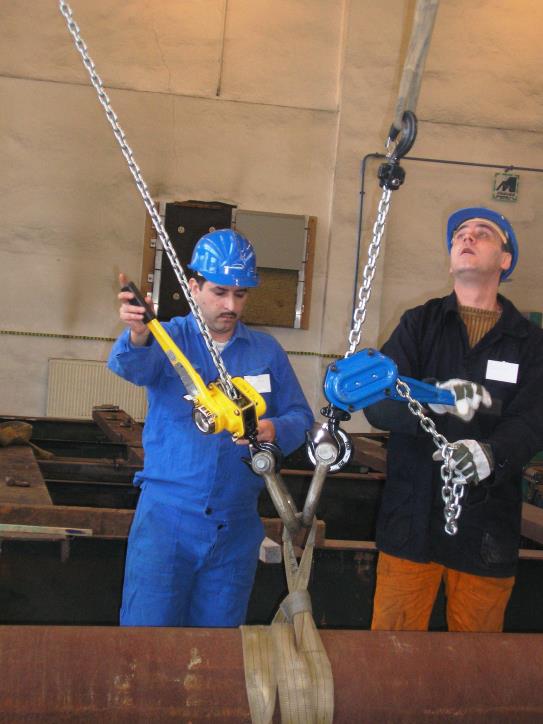
Tradesmen at work
Therefore, employers are required to assess and manage any risks that could be potentially damaging their worker’s well-being. Such risks are numerous. Some are relatively easy to predict and to manage. Some are more haphazard and more difficult to manage. These threats include physical hazards, such as working at elevations, where the danger of falling remains omnipresent, whether through human error or equipment malfunction. Other perils are associated with working in confined spaces and include poor ventilation, limited access, electric shock and extreme temperatures. Overwhelming noise or high-level radiation can also be threats.
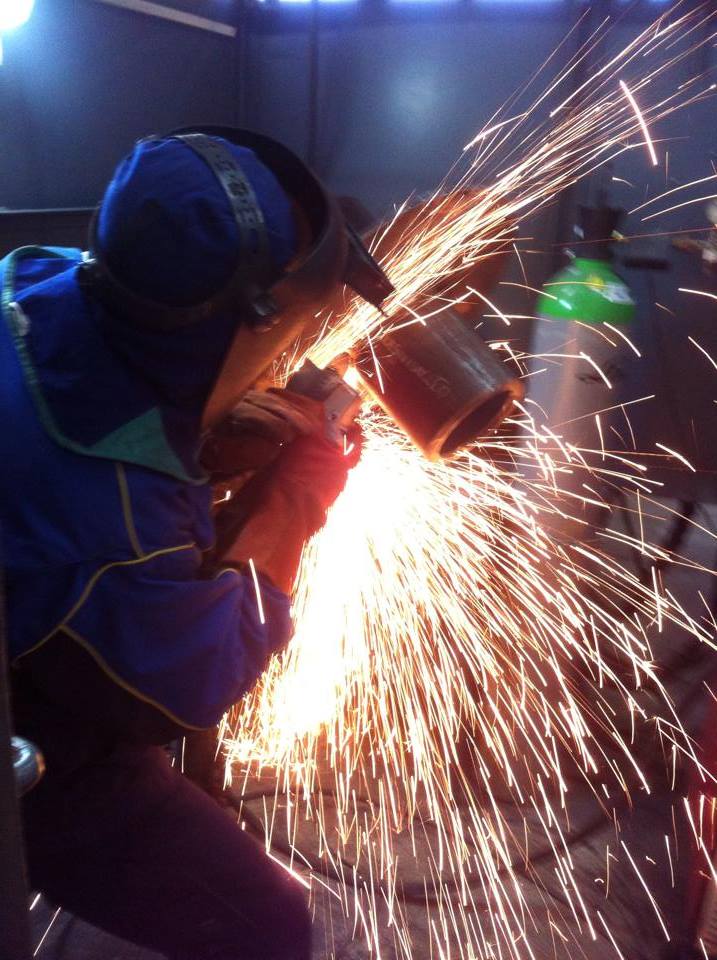
Welder performing his duties
Biological and chemical hazards exist. These include exposure to various bacteria and viruses, to heavy metals and to petroleum fumes and smoke. Less talked about are the psychosocial hazards listed among OHS risks. Employers should be mindful of their consequences, too. According to the European Agency for Safety and Health at Work these include an aging workforce, long working hours, work intensification, high emotional demands and poor work-life balance.
Employees, too, are obliged to follow all H&S regulations, both general and in-house. This minimizes the risk of injury not only to themselves, but also to their colleagues and other people who may be affected. Therefore, it is a matter of importance for the employee and the company to regularly update their OHS qualifications. H&S inspectors are responsible for verifying whether employers and their employees comply with regulations and hold valid training sessions.
European states have a variety of OHS courses and trainings. Apart from national requirements per each EU country, H&S trainings are aimed at specific trades and industries. Unions, industries and companies promote not only general standards, but also work-specific codes of practice. For the companies it is important to minimise their injury-related costs, plus sick leave and medical care. The system is designed so that both sides benefit.
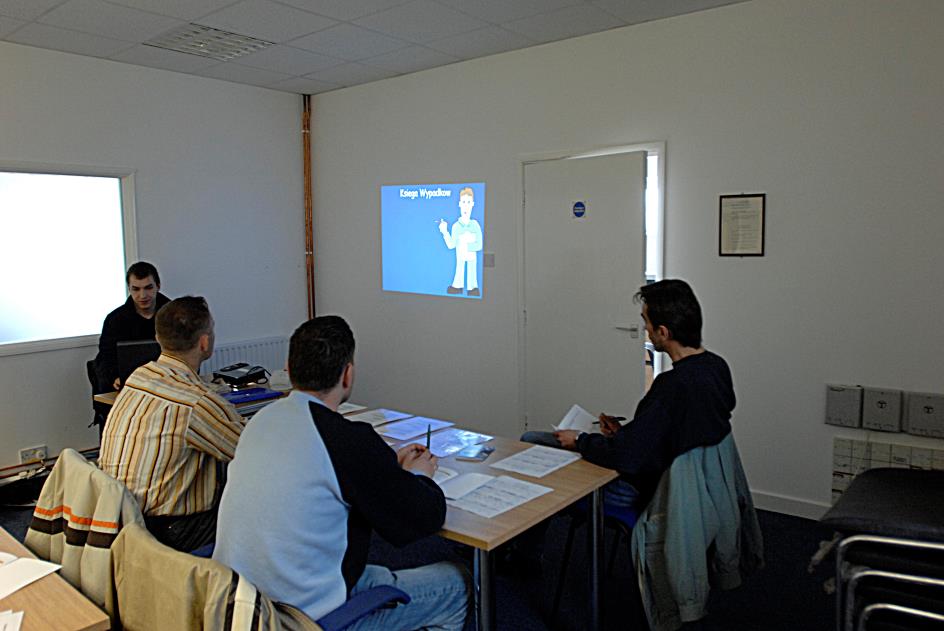
H&S Training
In the United Kingdom the most popular training is the Construction Skills Certification Scheme (CSCS), which is necessary to work in the general construction industry. Another training aimed at the engineering construction sector is the Engineering Construction Industry Training Board Client Contractor National Safety Group (ECITB CCNSG) Safety Passport. The trainings are for tradesmen, with equivalents designed for foremen and supervisory staff.
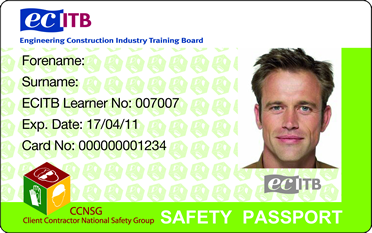
ECITB CCNSG Safety Passport
What is important about both of these trainings, is that they end with exams, which test the candidate’s knowledge and their awareness of the risks and precautions necessary in the workplace. Another crucial aspect of these trainings is that they are periodical: each trainee needs to update and renew his qualifications every two (CSCS) or three years (ECITB CCNSG). This allows the worker to be up-to-date and in compliance with the rules and regulations and to keep current of the risks that they may have neglected.
The market offers a variety of other, sometimes very specific and low-level H&S trainings like working at heights, in confined spaces, with specific tools or machines or chemicals and the like. When fulfilling contracts in high-risk environments, employers should require their staff to hold required trainings and keep records for validation
Central European Staffing (CES) promotes Health and Safety trainings and courses for its employees in various locations. OHS qualification is always a key requirement for our tradesmen, who perform complicated and perilous tasks in demanding and hazardous workplaces. Our employees maintain all necessary trainings and update them regularly.
